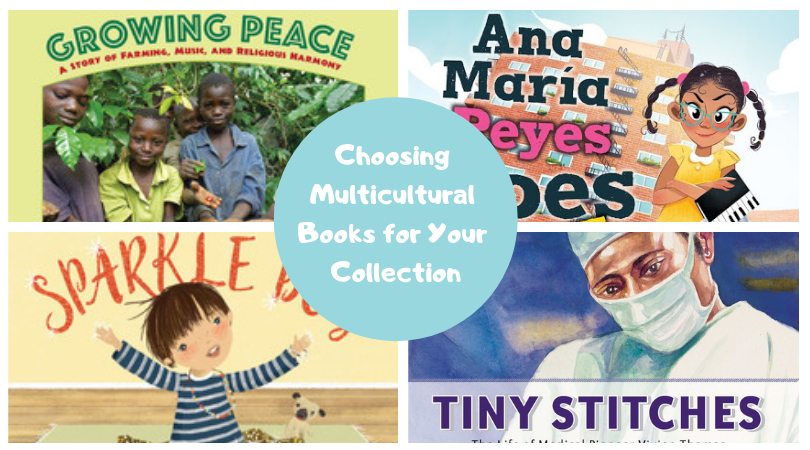
At Lee & Low Books, our mission is to publish multicultural books that are “about everyone, for everyone.” We’ve published stories for nearly 30 years that highlight people of different backgrounds, cultures, and abilities, and we make a special effort to work with authors and illustrators of color.
With the increase in diverse books being published, one question that comes up a lot when we’re talking to people is “How do I choose good multicultural books?” It is important to choose not just diverse books, but books that are culturally authentic, engaging, and free from problematic stereotypes.
Check out our popular Classroom Library Questionnaire as a guide to analyze your classroom library book collections and determine where your strengths are and where there may still be gaps to fill. It includes questions like:
- Do you have books that are written or illustrated by a person of color or a Native/Indigenous person?
- Are there books that explore different socioeconomic backgrounds?
- Can you use your books to teach about Black/African American contributions to the United States beyond the Civil Rights Movement?
- Do you have books that feature characters with different types of gender identity and gender expression?
- Are there books that are written in languages meaningful to your students’ backgrounds or the community in which they live?
Another great place to find high-quality, vetted multicultural books is book awards. Awards include the Pura Belpré Award (Latinx Books), the Coretta Scott King Award (Black/African American Books), the Middle East Book Award, the American Indian Youth Literature Award, and many others. For a comprehensive list, check out this blog post.
Want suggestions? Browse our bestsellers and favorites collection or keep reading for suggestions on some popular Lee & Low books that can help you get started diversifying your collection:
Benji, the Bad Day, and Me
by Sally J. Pla, illus. by Ken Min
In this tender story about neurodiverse siblings, author Sally J. Pla shares her experience of raising sons with different personality traits and needs and shows that on those really bad, rotten days, you can always count on family to be there for you.
Find the Teacher’s Guide here.
Purchase the book here.
Tiny Stitches: The Life of Medical Pioneer Vivien Thomas
by Gwendolyn Hooks, illus. by Colin Bootman
Overcoming racism and resistance from his colleagues, Vivien ushered in a new era of medicine—children’s heart surgery. This book is the compelling story of this incredible pioneer in medicine.
Find the Teacher’s Guide here.
Purchase the book here.
The Blue Roses
by Linda Boyden, illus. by Amy Córdova
With gentle words and magical images, this contemporary Native American story tenderly embraces the natural cycle of life.
View the interview here.
Purchase the book here.
Lakas and the Manilatown Fish
by Anthony Robles, illus. by Carl Angel
Set in the U.S., an all-American boy of Filipino descent visits some amusing manongs–Filipino elders–and a fish with unusual faculties to take off on a fanciful romp through a dreamscape of the imagination.
Find the Teacher’s Guide here.
Purchase the book here.
Sparkle Boy
by Lesléa Newman, illus. by Maria Mola
Casey loves to play with his blocks, puzzles, and dump truck, and he also loves things that shimmer, glitter, and sparkle. But Casey’s older sister, Jessie, thinks glittery, sparkly things are only for girls. Right? This sweet and refreshing story speaks to us all about acceptance, respect, and the simple freedom to be yourself.
Find the Teacher’s Guide here.
Purchase the book here.
Ana María Reyes Does Not Live in a Castle
by Hilda Eunice Burgos
The Penderwicks meets “In the Heights” in this sparkling middle-grade debut about a young Dominican American girl in New York City.
Find the Teacher’s Guide here.
Purchase the book here.
Mama and Papa Have a Store
by Amelia Lau Carling
From the clip, clop of the milkman’s mule in the early morning to the clacking of her father’s abacus at night, a young girl brings us into her home, which is also her parents’ store. Located in Guatemala City, the store is filled with the colorful textures of cloth, threads, buttons, and things from her parents’ homeland in China. Lyrical writing and delightful artwork will captivate both children and adults in this story drawn from the author/illustrator’s childhood memories.
Find the Teacher’s Guide here.
Purchase the book here.
Growing Peace: A Story of Farming, Music, and Religious Harmony
by Richard Sobol
On the morning of September 11, 2001, J. J. Keki, a Ugandan musician and coffee farmer, was in New York, about to visit the World Trade Center. Instead, J.J. witnessed the terrorist attack on the Twin Towers. He came away from this event with strong emotions about religious conflict. Why should people be enemies because of their religions? This photo-essay is a rare and timely story of hope, economic cooperation, and religious harmony from an often struggling part of the world.
Find the Teacher’s Guide here.
Purchase the book here.
Vodník
by Bryce Moore
When Tomas moves with his family to Slovakia, the Slovakian creatures from his youth come to life.
View the interview here.
Purchase the book here.
A Shelter in Our Car
by Monica Gunning, illus. by Elaine Pedlar
Zettie and her Mama left their warm and comfortable home in Jamaica for an uncertain life in the United States. With Papa gone, Mama can’t find a steady job that will sustain them and so they are forced to live in their car. Monica Gunning’s moving and authentic story about homelessness in an American city was developed with the help of the Homeless Children’s Network in San Francisco.
Find the Teacher’s Guide here.
Purchase the book here.


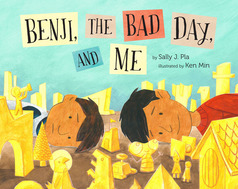
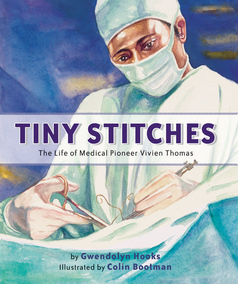


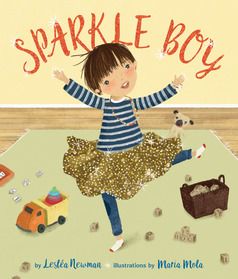
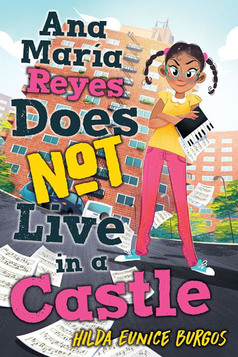
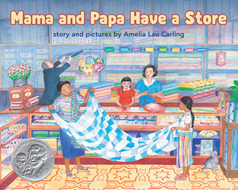
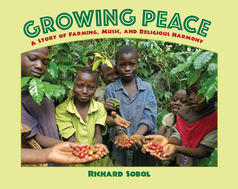

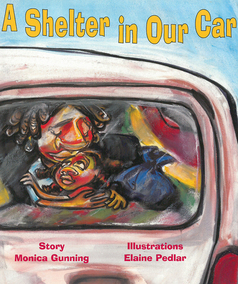
My question is do you consider 1.stories told in less mainstream locations or 2. told using old traditions of storytelling (ie Jataka) 3. or bringing current locational or social issues to light as meeting multicultural criteria or diversity concepts?
Such great tips! I know it can be hard to make sure you have enough variety for everyone in the classroom to read, but finding good books can feel a little overwhelming. Thanks so much for your insight and for the helpful Questionnaire!